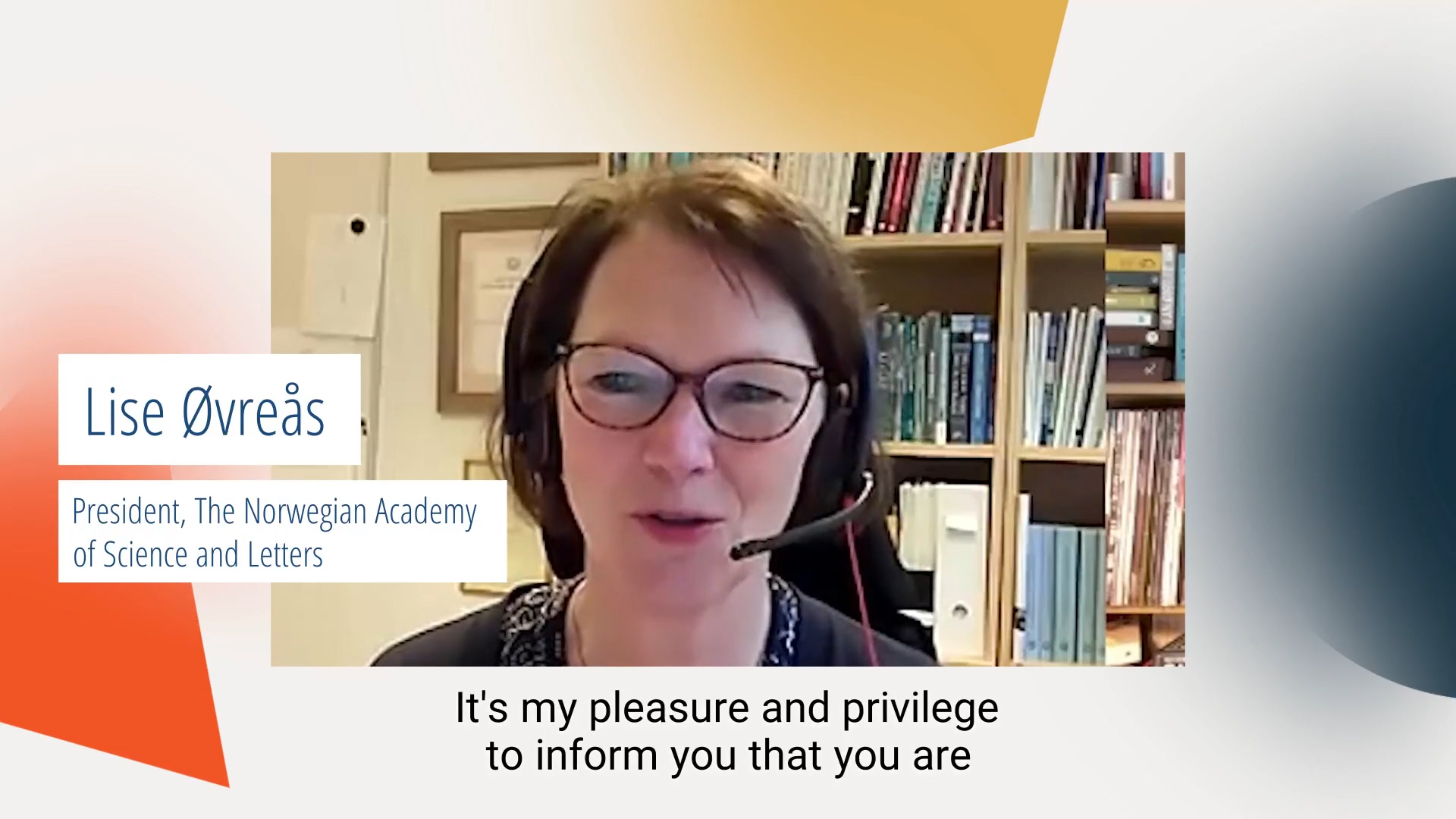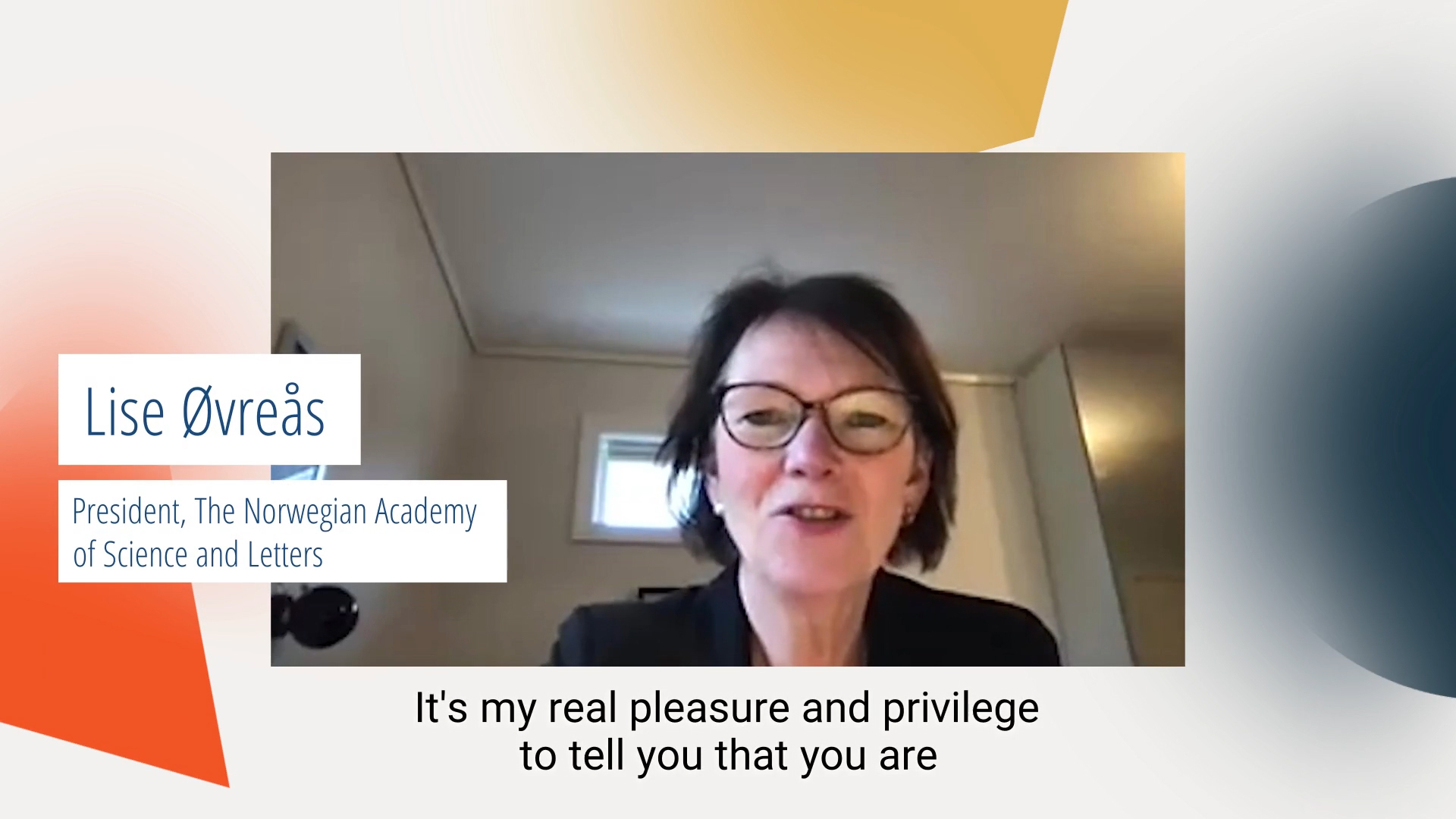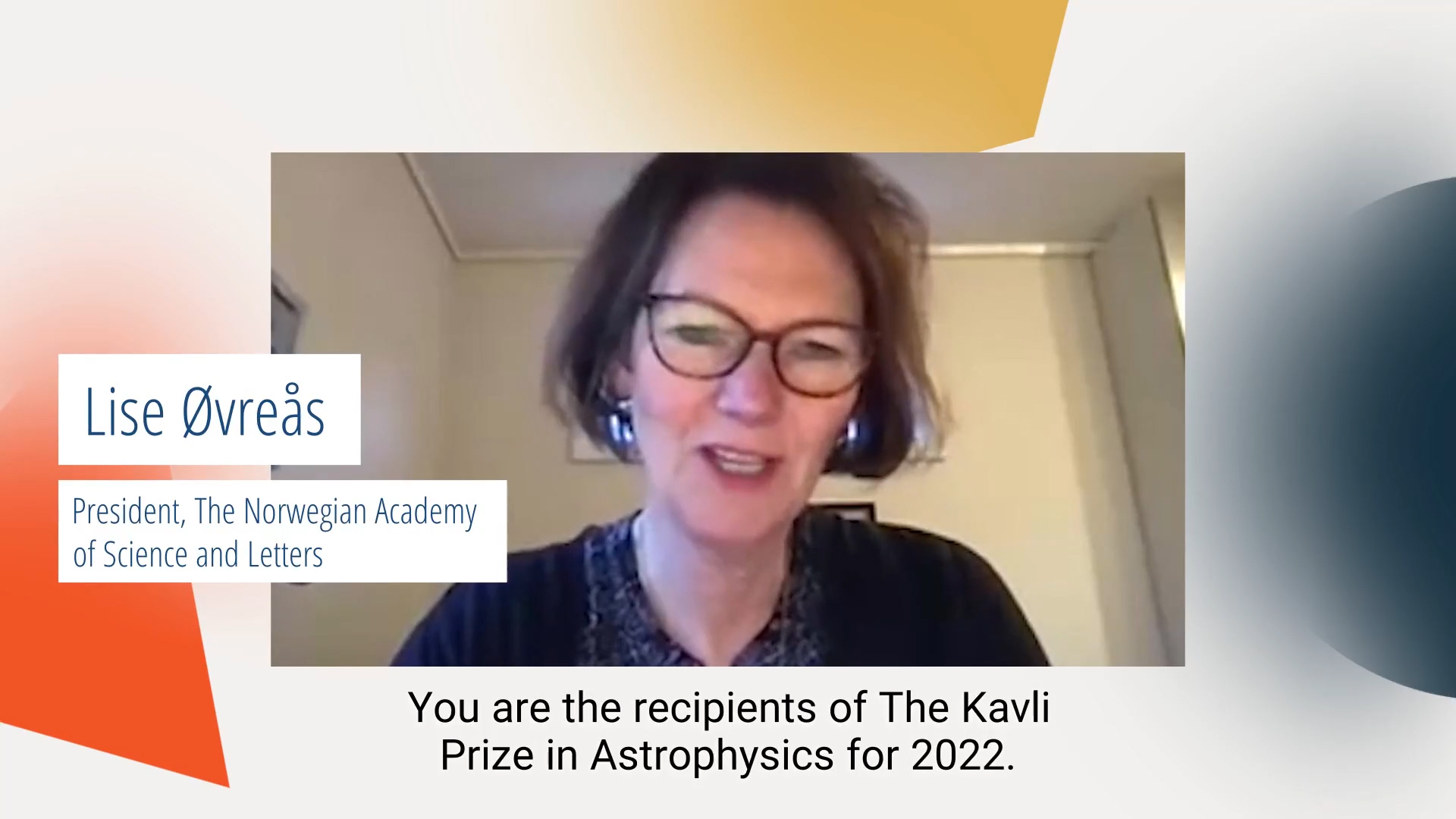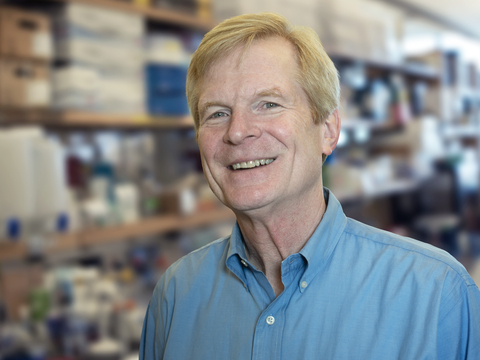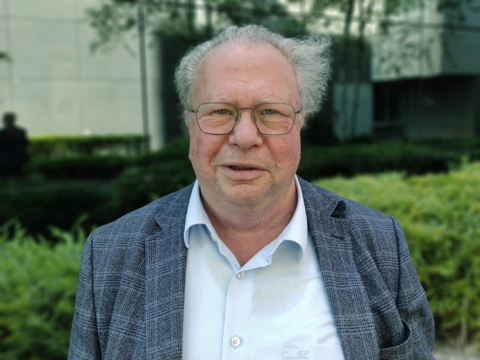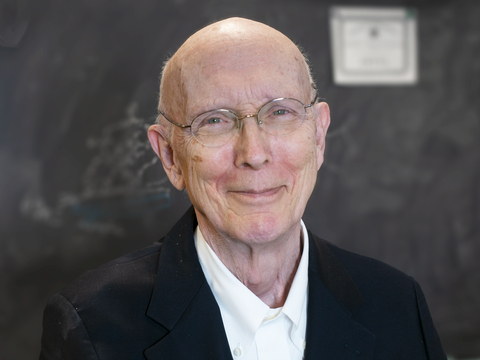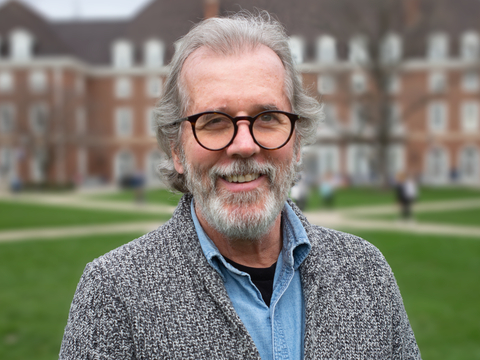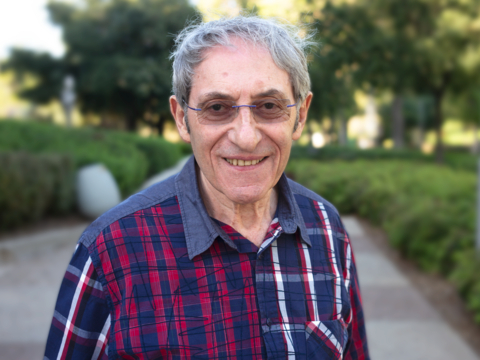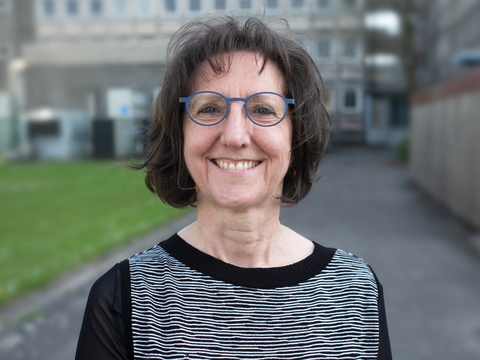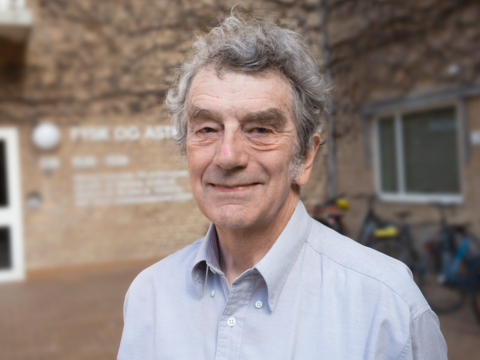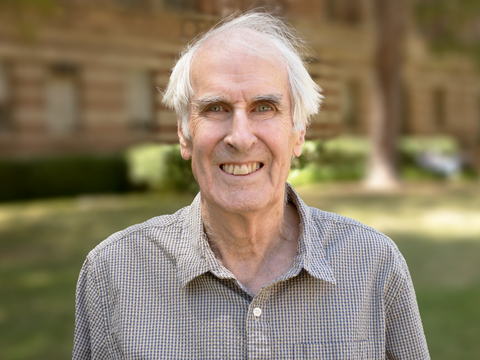OSLO, Norway--(BUSINESS WIRE)--The Norwegian Academy of Science and Letters today announced the 2022 Kavli Prize Laureates in the fields of astrophysics, nanoscience, and neuroscience. Eleven scientists from six countries are honored for their research that has transformed our understanding of the big, the small and the complex. The laureates in each field will share $1 million USD.
The 2022 Kavli Prizes recognize pioneering science in the development of helioseismology and asteroseismology; development of self-assembled monolayers on solid substrates and molecular-scale coatings to control surface properties; and the discovery of genes underlying a range of serious brain disorders.
This year’s Kavli Prize Laureates are:
- Kavli Prize in Astrophysics: Conny Aerts (Belgium), Jørgen Christensen-Dalsgaard (Denmark), and Roger Ulrich (USA).
- Kavli Prize in Nanoscience: David L. Allara (USA), Ralph G. Nuzzo (USA), Jacob Sagiv (Israel) and George Whitesides (USA).
- Kavli Prize in Neuroscience: Jean-Louis Mandel (France), Harry T. Orr (USA), Christopher A. Walsh (USA), and Huda Y. Zoghbi (Lebanon/USA).
“We honor the 2022 Kavli Prize Laureates for their transformative contributions to science and society. Their discoveries created entirely new fields, opened up new realms of scientific research and advanced science for the benefit of humankind,” says Lise Øvreås, president of The Norwegian Academy of Science and Letters.
Astrophysics
Three scientists share The Kavli Prize in Astrophysics for their pioneering work in developing the fields of helioseismology and asteroseismology, and for breakthrough research that laid the foundations of solar and stellar structure theory and revolutionized our understanding of the interiors of stars.
Pairing the study of oscillations on the sun’s and other stellar surfaces with mathematical modeling, the laureates combined data-analysis methods (such as time series analysis, pattern recognition, and statistical modeling) with the physics and chemistry of thermodynamics, nuclear and atomic physics, and quantum mechanics. The bridging of these scientific fields allows the extraordinarily precise determination of the physical properties of stellar interiors.
“These three scientists are the pioneers of helioseismology and asteroseismology and span the development of these fields,” pointed out Chair of the Astrophysics Committee, Viggo Hansteen. “All three figured out a way to look at the inside of different types of stars and developed tools to study them precisely.”
Roger Ulrich was the first to show that the oscillations observed on the solar surface can be used to make precise measurements of the characteristics of the interior of the sun and developed a mathematical model, giving the field of helioseismology a theoretical foundation. He demonstrated that the sun behaves like a musical instrument, ringing with large numbers of acoustic waves, each having a resonant frequency – just like an organ pipe or a plucked violin string. His demonstration of the agreement between solar calculations and observations was a key ingredient in convincing physicists that the solar neutrino problem could only be solved by revising standard electroweak theory.
Jørgen Christensen-Dalsgaard further developed the topic of helioseismology and played a major role in the development of asteroseismology, studying low-mass cool stars and the sun. He determined the sound speed profile throughout the sun, its two-dimensional rotation map, its helium content, and the level of helium settling at the base of its convection zone. With this, he saw the great potential of applying this science to other stars in the Milky Way, fully realized with the launch of the CoRoT, Kepler, and TESS planet finding missions.
Conny Aerts is a leading figure of asteroseismology and is widely known for her work on massive hot stars. She extended the research to stars of all masses in various evolutionary stages, using both ground- and space-based observations and developed clever methods to identify pulsation modes in massive stars, opening the doors to the modeling of their interiors. Aerts also pioneered a rigorous methodology to identify and model gravito-inertial modes in rapidly rotating stars, and the first quantitative estimates of certain stellar cores and interactions, leading to significant improvements in stellar evolution theory.
Nanoscience
Interaction with materials occurs through their surfaces. The 2022 Kavli Prize in Nanoscience honors four pioneers whose work transformed surface science and has led to applications shaping our daily lives in areas from medical diagnostics to semiconductor devices. These scientists created molecular-scale coatings for surfaces which enable unprecedented control and engineering of surface properties. Theirs was a shared vision, inspired by the concept of organized monolayer films introduced in the 1930s by American physicists and chemists, Katherine Blodgett and Irving Langmuir.
“Self-assembled monolayers are extremely important in many phenomena at the nanoscale,” stated Chair of the Nanoscience Committee, Bodil Holst. “Sagiv, Nuzzo, Allara and Whitesides opened up a whole new world with their discoveries. This is documented through scientific insights and the enormous amount of applications utilizing self-assembled monolayers.”
Jacob Sagiv provided the first demonstrations of the possibility of creating films of molecules adsorbed on glass and metal surfaces. The concept worked for molecules with different functional groups and could in principle be useful in myriad applications.
Ralph Nuzzo and David Allara showed the first self-assembled monolayers strongly bond to bare metal surfaces. They established that self-assembled monolayers can be characterized by infrared and other optical spectroscopies. Also, they deduced the packing and orientation of the constituent molecules including their functional groups. This generated a deep scientific understanding which enabled the rational design of self-assembled monolayers with specific functionalities.
George Whitesides and his team at Harvard were responsible for many innovations which consolidated self-assembled monolayers as a field of nanoscience and engineering. Whitesides’ work demonstrated that it was possible to use self-assembled monolayers to create countless patterns on the micrometer scale. Self-assembled monolayers have since enabled a large number of commercial applications and multi-billion-dollar commercial markets, and are used extensively in medical diagnostics, pharmacology, biosensors, chemical sensors, printers, electronics manufacturing, paints, solar cells, and batteries.
Neuroscience
Before scientists mapped the human genome in the early 2000s, the quest for genes was a laborious process. Four persistent neuroscientists are recognized for pioneering the discovery of genes underlying a range of serious brain disorders and establishing a blueprint for neuroscience research, diagnosis, and treatment for fragile X syndrome, spinocerebeller ataxia, Rett syndrome, and rare forms of epilepsy and autism spectrum disorder.
“These scientists discovered the genetic basis of multiple brain disorders, and elucidated the pathways by which these genes work,” says Chair of the Neuroscience Committee, Kristine B. Walhovd.
Jean-Louis Mandel discovered an unusual mutation in a gene on the X chromosome that causes fragile X syndrome, an inherited form of intellectual disability, including autism and most commonly presents in males. He showed that the mutation was a string of triple-letter repeats that disrupted the FMR1 gene. Such repeats disrupt the transcription of the FMRP protein, which is vital for brain function. Today, “unstable repeat expansions” are recognized as a common disease mechanism responsible for more than 50 genetic disorders. A familiar pattern has also emerged: as the number of repeats increases with each generation, symptoms arise earlier and are more severe. Understanding these unstable repeat expansions provides a model for numerous neurological diseases. Mandel’s work led to improved diagnostic tools for fragile X.
Together Harry T. Orr and Huda Y. Zoghbi discovered ATAXN1, the gene responsible for spinocerebellar ataxia 1 (SCA1), a disease in which neurons in the cerebellum degenerate and cause the loss of balance and coordination; it is progressive, permanent, and often fatal. Working together, Orr and Zoghbi discovered that a similar repeat expansion causes SCA1 and discovered that the mutation caused proteins to misfold and clump together in cerebellar neurons, eventually leading to death. Additionally, Orr’s work showed the disease could be treated and his methodology is one of the main models being used for studying neurodegenerative diseases today.
Zoghbi also uncovered the gene MECP2, which causes Rett syndrome, a rare genetic neurological disorder that primarily presents in young girls, often with autism-like symptoms, and results in devastating motor and cognitive symptoms. Zoghbi discovered that changes in the level of MECP2, a repressor of gene expression is essential for the normal function of many types of neurons in the brain. MECP2 is one of the first identified epigenetic causes for a brain disorder. Her research found that MECP2 affects hundreds of neurons and genes and that normalizing MECP2 levels through oligonucleotide therapy reverses the gene’s effects.
Christopher A. Walsh discovered more than three dozen neurological disease genes, such as the “double cortex” syndrome, a rare neuronal migration disorder that presents with seizures and intellectual impairment and is seen almost exclusively in females. His research identified genetic mutations that underlie disorders affecting the cerebral cortex and can cause structural malformations that range from subtle to profound, including some forms of epilepsy and autism spectrum disorders. Many of these discoveries came from one of Walsh’s key innovations to study recessive mutations in geographically isolated families. In some of those children, Walsh made an intriguing discovery – mutations that were present in some but not all the cells of the body. They are called somatic mutations and can accumulate slowly during brain development.
All 2022 Kavli Prize Laureates
Kavli Prize in Astrophysics:
Conny Aerts (Belgium), KU Leuven.
Jørgen Christensen-Dalsgaard (Denmark), Aarhus University.
Roger Ulrich (USA), University of California, Los Angeles.
Kavli Prize in Nanoscience:
David Allara (USA), Pennsylvania State University.
Ralph Nuzzo (USA), University of Illinois at Urbana-Champaign.
Jacob Sagiv (Israel), Weizmann Institute of Science.
George Whitesides (USA), Harvard University.
Kavli Prize in Neuroscience:
Jean-Louis Mandel (France), University of Strasbourg.
Harry T. Orr (USA), University of Minnesota Medical School.
Christopher A. Walsh (USA), Howard Hughes Medical Institute; Harvard Medical School; Boston Children's Hospital.
Huda Y. Zoghbi (Lebanon/USA), Howard Hughes Medical Institute; Baylor College of Medicine; Texas Children's Hospital.
About The Kavli Prize
The Kavli Prize is a partnership among The Norwegian Academy of Science and Letters, the Norwegian Ministry of Education and Research, and The Kavli Foundation (USA). The Kavli Prize honors scientists for breakthroughs in astrophysics, nanoscience and neuroscience that transform our understanding of the big, the small and the complex. Three million-dollar prizes are awarded every other year in each of the three fields.
The Norwegian Academy of Science and Letters selects the laureates based on recommendations from three independent prize committees whose members are nominated by The Chinese Academy of Sciences, The French Academy of Sciences, The Max Planck Society of Germany, The U.S. National Academy of Sciences, and The Royal Society, UK.
Kavli Prize Committees
Astrophysics
Viggo Hansteen (Chair), University of Oslo, Norway
Alessandra Buonanno, Max Planck Institute for Gravitational Physics, Germany
Francoise Combes, Observatoire de Paris, France
Andrea Ghez, University of California Los Angeles, USA
Max Pettini, University of Cambridge, UK
Nanoscience
Bodil Holst (Chair), University of Bergen, Norway
Gabriel Aeppli, Paul Scherrer Institut, Switzerland
Naomi Halas, Rice University, USA
Joachim Spatz, Max Planck Institute for Medical Research, Germany
Li-Jun Wan, Chinese Academy of Sciences, China
Neuroscience
Kristine B. Walhovd (Chair), University of Oslo, Norway
Angela Friederici, Max Planck Institute for Human Cognitive and Brain Sciences, Germany
Mary E. Hatten, The Rockefeller University, USA
John O’Keefe, University College London, UK
Antoine Triller, Institut de Biologie de l'École Normale Supérieure, France

